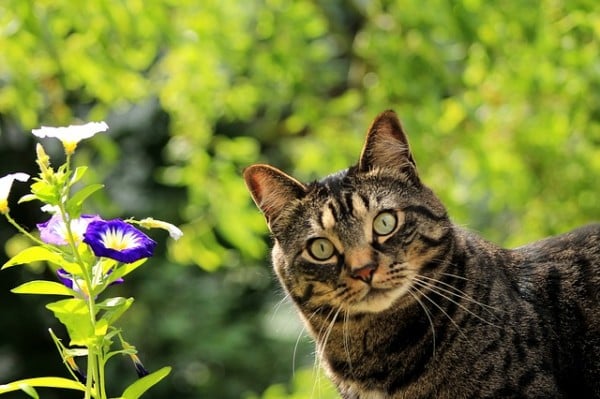What types of flowers should be avoided if you have a cat in the house?
Cats are naturally inquisitive animals that will explore new environments by tasting new things. They will do this whether they are indoors or outdoors. The vast majority of florist Kuala Lumpur plants are harmless for cats to ingest, but there is a handful that should be avoided. Cat owners have a responsibility to educate themselves about which types of plants and flowers can be harmful to their furry friends so that they can keep their cats safe.
- A typical example of a flower that is dangerous for cats is the lily. Lilies are among the most common. There are numerous types of lilies, including Tiger lilies, Japanese Display lilies, and Spring lilies, that are known to be toxic to cats.
- Spring lilies are another type. Lycorine is a component of these flowers that is toxic to cats and can cause them to become lethargic, nauseous, and have diarrhea as well as a reduction in their appetite. In severe cases, lily poisoning can lead to the failure of the kidneys, which can ultimately result in death.
- Flowers such as daisies, oleander, and foxglove are among those that should never be given to a cat. Lycorine, which is present in daffodils, is toxic to cats and can cause them to shake, throw up, and experience diarrhea. It is also present in daffodils.
- Consuming oleander can make you feel queasy and give you shakes due to the presence of toxic saponins in the plant. Oleander is a member of the mint family.
- The foxglove plant contains digitoxin, a potentially lethal chemical that, when consumed by cats, can result in symptoms such as nausea, vomiting, diarrhea, tremors, and even issues with the heart.
Flowers aren’t the only type of plant that cats shouldn’t be around—there are plenty of others. The plant’s Dieffenbachia, Philodendron, and Pothos are all examples of those that contain calcium oxalate, which is a chemical that is considered to be dangerous. As a consequence, symptoms may include a painful throat, a tongue that is enlarged, nausea, vomiting, and difficulty swallowing.
When introducing new florist PJ plants into the house, exercise extreme caution, and make it a point to keep poisonous plants out of your cat’s reach. If you have any reason to believe that your cat has swallowed a poisonous plant or flower, you should seek immediate medical attention. Toxic plants have the potential to induce several unpleasant symptoms in felines, such as nausea, diarrhea, lethargy, and even depression of the respiratory system. If you are unsure as to whether or not a plant poses a threat to cats, it is best to seek the advice of a qualified professional, such as a veterinarian or the Animal Poison Control Center ASPCA. They will be able to offer you guidance on how to treat a cat that has been poisoned and which plants you should avoid.
In conclusion, it is essential to be aware, despite the aesthetic value of the flowers and plants in your home, of those that could potentially be harmful to your pets. You may help protect the safety and health of your cat by taking preventative measures and reading up on themes that are pertinent to the situation.
















